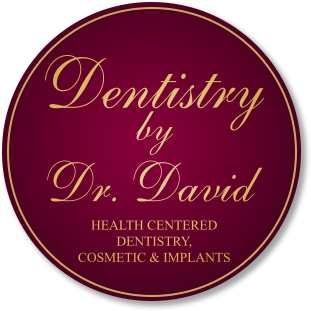No parent likes to hear that their child needs braces. For developing children, they fear the metal smile and discomfort they hear about from their friends. Parents are concerned for their children’s healthy development and smile as well as the sometimes costly treatment required attaining it. In addition, crooked teeth can indicate developmental problems for a child that influence their breathing, posture and sleep habits.
Though when we think of orthodontics, we often think of the traditional brackets/braces, many orthodontists and dentists are now trained in preventative treatments to correct habits that can potentially prevent braces.
How old should my child be for an orthodontic evaluation?
You notice your child has crooked teeth. Maybe the dentist has mentioned it. When should you bring your child to the orthodontist? There are some discrepancies about when orthodontic work should begin. The Academy of Orthodontics recommends that an orthodontic evaluation is done before age 7. Confusingly, most children are not getting braces until a later age between 11 and 13 years old as opposed to 8-10 years old. How do you know what age is appropriate to begin treatment for your child?
Many times when I ask a parent if their child has seen the orthodontist for evaluation, they inform me that though they have dutifully brought their child to the orthodontist, the orthodontist has told them to wait. At every subsequent orthodontic check-up, they are told to wait. Traditionally, orthodontists have recommended waiting until around age 12 before beginning traditional bracket style braces. At this age, all of the baby teeth have fallen out. This came from the idea that treatment is much more predictable if all of the adult teeth have come in and perhaps repeat treatment would be avoided.
We now know that crooked teeth can be a sign that the jaw is not developing properly. This can impact facial development, the airway and spinal posture. Acknowledgement of these facts has changed the traditional ideas of orthodontics. Proper dental development can begin with corrective therapy that can assist proper growth of the dental arches and create more stable, long lasting orthodontic results.
What are the signs that my child will need braces?
At birth, a child’s skull is soft and moldable. As a child grows, the cartilage in the skull begins to harden and turn to bone. The growth phases that shape the important structures of the face and skull begin to slow by age 10.
When upper teeth are out of proper alignment, this can indicate cramped spaces for the upper airway or sinuses. This can cause the child to mouth breathe, a habit that has many health implications.
Some lesser known signs that a child may need braces include mouth breathing, snoring at night, slumped posture, poor sleep, dark circles or venous pooling under the eyes. These may also be predictive of future sleep breathing disorders or health issues.
Early intervention orthodontics
With more orthodontists and dentists becoming aware of the correlation between crooked teeth and airway, breathing and facial development, earlier diagnosis of dysfunction in the facial and dental development and airway are becoming the new standard in care in orthodontics. This early intervention can include functional appliances that guide and assist proper development of the dental arches. Habits such as thumb sucking or mouth breathing can be addressed to assure that the bones and teeth grow together properly. Treating patients at a younger age gives orthodontists the advantage of guiding bone growth making treatment more effective and stable. Early orthodontic treatment may even eliminate the need for braces.
